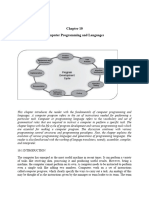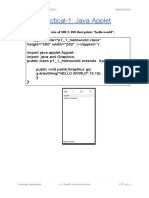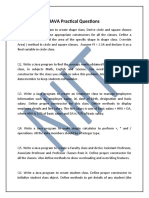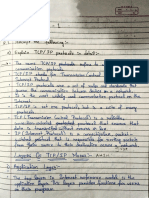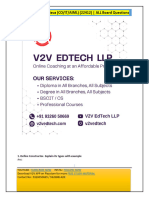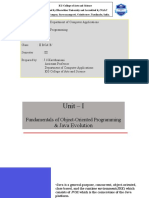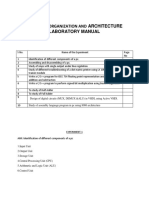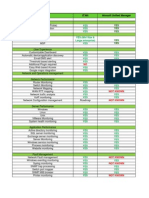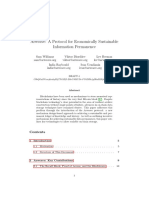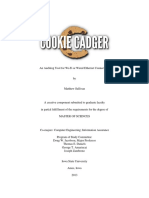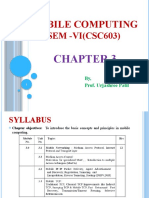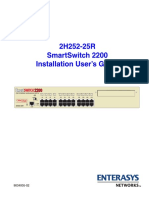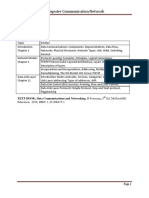ICSE Class 9 Computer Applications: Chapter 1 Detailed Notes
Chapter 1: Introduction to Computers
1. What is a Computer?
- A computer is an electronic device that processes data and converts it into useful information.
- It performs various tasks like calculations, data storage, and executing instructions.
- A computer can perform operations faster and more accurately than humans.
2. Components of a Computer System:
- Hardware: The physical components of a computer.
- Input Devices: Devices used to input data (e.g., keyboard, mouse).
- Output Devices: Devices used to display results (e.g., monitor, printer).
- Storage Devices: Devices used to store data (e.g., hard disk, CD-ROM).
- CPU (Central Processing Unit): The brain of the computer that processes data.
- Memory: Stores data temporarily (RAM) or permanently (ROM).
- Software: The programs that run on a computer.
- System Software: Operating system and utilities that manage hardware.
- Application Software: Programs designed to perform specific tasks (e.g., Word, Excel).
3. Types of Computers:
- Personal Computers (PCs): Desktops, laptops, and tablets.
- Mainframe Computers: Large computers used by organizations for bulk processing.
- Supercomputers: Extremely fast computers used for complex scientific calculations.
- Embedded Systems: Computers built into devices like cars, phones, and household appliances.
�4. Evolution of Computers:
- First Generation: Vacuum tubes, large size, and high power consumption (e.g., ENIAC).
- Second Generation: Transistors replaced vacuum tubes, smaller size, and lower power
consumption.
- Third Generation: Integrated circuits (ICs) made computers faster and more reliable.
- Fourth Generation: Microprocessors, personal computers, and the advent of the internet.
- Fifth Generation: Artificial Intelligence (AI), quantum computing, and advanced technologies.
5. Input and Output Devices:
- Input Devices:
- Keyboard: Used to enter text and commands.
- Mouse: Used to point, click, and drag on the screen.
- Scanner: Used to digitize images and documents.
- Microphone: Used to input audio data.
- Output Devices:
- Monitor: Displays text, images, and videos.
- Printer: Produces a hard copy of documents.
- Speakers: Output audio data.
- Projector: Displays computer output on a large screen.
6. Storage Devices:
- Primary Storage: RAM (Random Access Memory), which is volatile and stores data temporarily.
- Secondary Storage: Hard drives, flash drives, and optical media that store data permanently.
7. Computer Software:
� - System Software: The foundation software that helps the computer operate (e.g., operating
systems).
- Application Software: Software that performs specific tasks for the user (e.g., word processors,
games).
- Utility Software: Tools that help in the maintenance of the computer system (e.g., antivirus
software).
8. Computer Networks:
- A computer network is a system of interconnected computers that share resources and data.
- Types of Networks:
- LAN (Local Area Network): A small network confined to a limited area like an office or school.
- WAN (Wide Area Network): A network that spans a large geographical area, such as the
internet.
- WLAN (Wireless Local Area Network): A type of LAN that uses wireless technology for
communication.
9. Conclusion:
- Computers have revolutionized every aspect of our lives and continue to evolve rapidly.
- Understanding the basic components, types, and functions of computers is essential for efficient
use.







